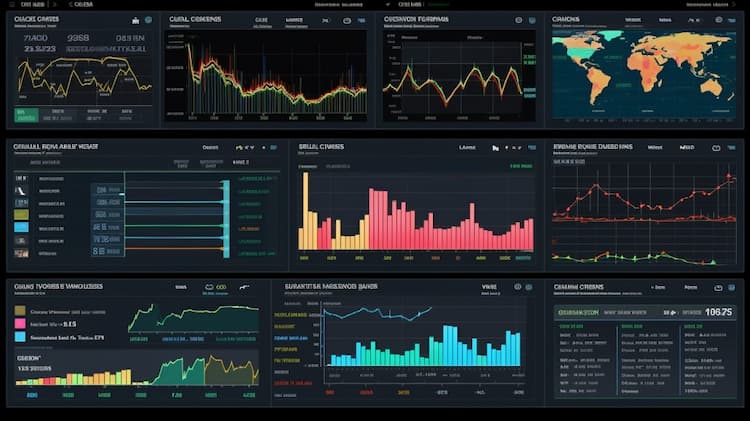
FXE VS FXF
Exchange-Traded Funds (ETFs) have revolutionized the investment landscape, offering investors easy access to diverse markets and asset classes. In this article, we will delve into a comprehensive comparison between two prominent currency-focused ETFs: FXE (Invesco CurrencyShares Euro Trust) and FXF (Invesco CurrencyShares Swiss Franc Trust). We will examine various facets of these ETFs, including their tickers, full names, issuers, sectors, top holdings, capitalization, strategy, tracking, and exposure.
FXE Vs FXF: Overview
FXE and FXF are two currency ETFs that provide exposure to distinct European currencies. FXE tracks the Euro, the official currency of the Eurozone, while FXF follows the Swiss Franc, the currency of Switzerland. These ETFs offer investors the opportunity to gain exposure to foreign exchange markets without directly trading currencies themselves.
FXE Vs FXF: Sectors and Top Holdings
Both FXE and FXF focus on currencies, which are distinct from traditional sectors like technology, healthcare, or energy. The primary holdings of FXE are Euro currency assets, while FXF holds Swiss Franc-denominated assets. Understanding the nuances of these currencies' performance and stability can help investors make informed decisions about their investment strategies.
 FXE overlap FXE VS FXF
FXE overlap FXE VS FXF
FXE Vs FXF: Capitalization and Strategy
FXE and FXF differ in terms of capitalization and strategy. FXE has a larger asset under management (AUM), reflecting its popularity among investors seeking exposure to the Euro. FXF, focusing on the Swiss Franc, has a different risk profile due to the economic dynamics of Switzerland. The strategy behind each ETF is intricately tied to the currency it tracks, highlighting the importance of understanding currency-related factors when considering investments.
FXE Vs FXF: Tracking and Exposure
FXE and FXF employ distinct methods to track their respective currencies. FXE seeks to reflect the price of the Euro against the US Dollar, while FXF mirrors the performance of the Swiss Franc against the US Dollar. Understanding how these ETFs track currency movements can provide insight into the potential benefits and risks associated with investing in foreign exchange markets.
Conclusion
FXE and FXF are unique ETFs that offer investors exposure to the performance of the Euro and Swiss Franc, respectively. Currency ETFs like these can serve as tools for diversification and hedging against currency risk in a global investment portfolio. However, gaining a deeper understanding of these currencies and their performance requires more than just a surface-level comparison. For investors seeking to explore holdings, correlations, overlaps, and other valuable insights, ETF Insider offers an invaluable resource. This user-friendly app provides comprehensive details about various financial instruments, aiding investors in making informed decisions that align with their financial goals.
Disclaimer: This article is for informational purposes only and does not provide investment advisory services.
Sources:
https://www.invesco.com/ FXE ETF issuer
https://www.invesco.com/us/financial-products/etfs/product-detail?audienceType=Investor&ticker=FXE FXE ETF official page
FAQ
Why is FXE better than FXF?
FXE may be considered better than FXF for some investors due to its specific focus, offering diversification.
Does FXF beat FXE?
FXF's performance relative to FXE will vary over time, depending on market conditions.
Should I invest in FXE or FXF?
The choice between FXE and FXF should align with your investment goals, risk tolerance, and desired exposure.
Are FXE and FXF good investments?
Both FXE and FXF can be suitable investments depending on individual investment strategies, goals, and risk profiles.
What is the correlation between FXE and FXF?
The correlation between FXE and FXF can vary over time, reflecting differences in performance.





